I’ve got some catching up to do here! We spent three days in the Loire Valley with Laurie’s sister Peggy, then Craig and Annie and Clara (aka, “The Red Tomato”) arrived and we culminated that visit with a birthday party to celebrate Clara’s third birthday. I’ll start with the Loire Valley visit.
I read somewhere that there are over 1,200 registered chateaux in the Loire Valley, which makes visiting all of them problematical. So we narrowed it to three – the same three Laurie and I visited about eight or ten years ago on a ramble with Mary and Gilles. One has the best gardens, one is almost unanimously hailed as the most beautiful and the third is one that we just like – maybe not the best known, but a favorite for us.
Villandry
Chateau Villandry is known for its gardens. There’s a chateau, of course, and it’s possible to tour it, of course, but the gardens are the stars here.
- Looking across the gardens to the town.
- The decorative garden
- About one-quarter of the entire garden.
Chenonceau
The first time we went to Chenonceau, some ten years ago, I was prepared to dislike it. Every guidebook says that Chateau Chenonceau is the most beautiful chateau in France, and so I was going to be an iconoclast and dislike it just on general principle. Unfortunately, my plans fell apart when I saw it. Chenonceau likely is, indeed, the most beautiful chateau in France (I haven’t seen even 2% of all the chateaux, so I can’t really say for sure), and it is surely one of the most beautiful buildings I’ve ever seen. Some pictures:
- Chenoncau spans the Cher River.
- From this room, Catherine de Medicis ran France for almost fifteen years, as regent for her underage sons. She was not exactly a nice person.
- Laurie and Peggy and one of hundreds of floral arangements, each changed twice a week.
- Either our room at the B & B, or Catherine de Medicis’ bedroom; can’t remember which.
- Yep, the most beautiful.
Of course, I can’t post without a little history. The chateau went through a series of builds and rebuilds until 1535 when king Francis I seized it as a repayment for debts from its then-owner. In 1547, Henri II gave it to his mistress Diane de Poitier, who built the arched bridge across the river and extensive gardens. When Henri II was killed in 1559, his queen, Catherine de Medicis, immediately evicted Diane and took over Chenonceau. She had built the beautiful building on the bridge across the river, and Chenonceau became her favorite place and her home. From Chenonceau she ruled France, first as regent for her son Francis II (married to Mary, Queen of Scots), then Charles IX and finally Henri III, all of whom bowed to her power even though they were kings. After Catherine died, the chateau passed through several owners, each of whom stripped it of more of its valuable paintings, statues and furniture, until it was bought in 1733 in a dilapidated and empty condition by a wealthy squire, Claude Dupin. Although he was seldom there, his wife, Madam Louise Dupin, restored Chenonceau to its glory.
Azay-le-Rideau
The Chateau Azay-le-Rideau is a perfect Renaissance chateau. Although it’s less-known than most Loire Valley chateaux, Laurie and I may like it best. It’s small, amazingly beautiful, easy to visit and tour, has been a residence since the early 1500s and has rooms furnished as they would have been throughout its history. We love the place. We visited early in the morning and found it almost deserted, adding to its charm.
Abbaye de Fontevraud
This abbey has a rather long history: it was founded in the 1100s by a Duke of Aquitaine and has been associated with Aquitaine rulers ever since. At that time Aquitaine (the entire southwest quarter of todays France) was an independent entity, not part of France as it exists today. When Eleanor of Aquitaine, who ruled Aquitaine in the 12th century, divorced the French king Louis VII and married the future king of England, Henry II, all the lands she controlled became English property and the seeds of the Hundred Years War were sown.
Eleanor, who was one of the most powerful woman Europe has known, supported Abbaye de Fontevraud and went there to live in 1200. She died four years later and was buried there with her husband Henry II and her son Richard Lionheart, also a king of England.
In 1803, after the French Revolution stripped the Abbaye of all power and religious meaning, it was converted into a prison. Really! For 180 years it was about the most feared prison in France. Then in 1983 the prison was closed, most of the prison buildings were torn down and a long restoration commenced. Today the Abbaye de Fontevraud is one of the most complete and beautiful Romanesque complexes in France.
- The main Abbaye building. The Abbaye was a self-enclosed city; no one needed to leave it.
- The entrance to the Abbaye church.
- The church
- Funeral effiigies of Eleanor of Aquitaine and English King Henry II, probably the two most powerful people of the 12th century.
- The cloisters.
That’s our Loire Valley ramble. It was very good to see places we’d seen ten years ago and enjoy them every bit as much. In fact, we may have enjoyed them more this time, as we have learned lots of French history in the intervening years, which gave us a better understanding of these places and their history.
It was also great fun to show Peggy these places. Her enthusiasm – her almost constant comment was “Oh, my God, is that beautiful or what?” – was great fun for Laurie and I, and made us enjoy these sites even more.

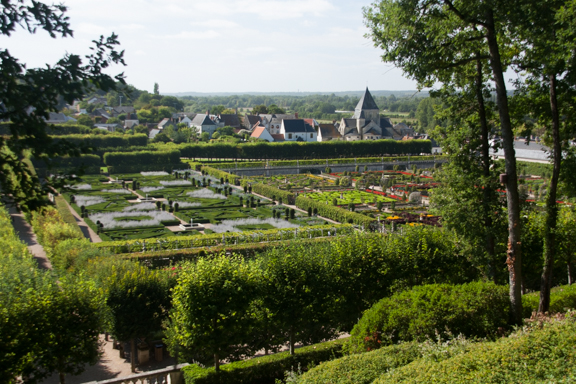
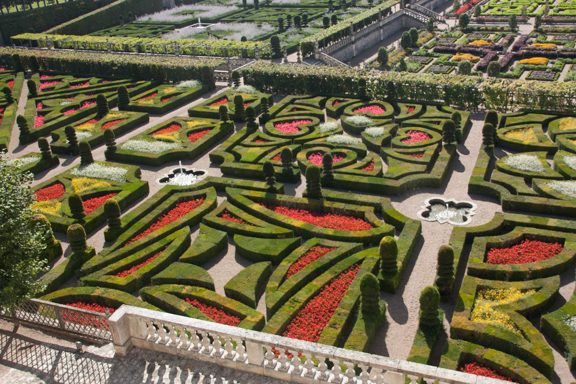
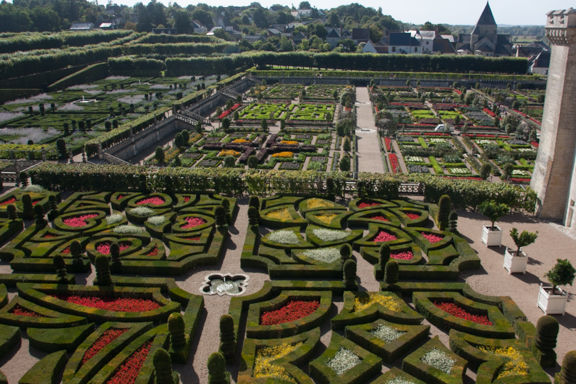
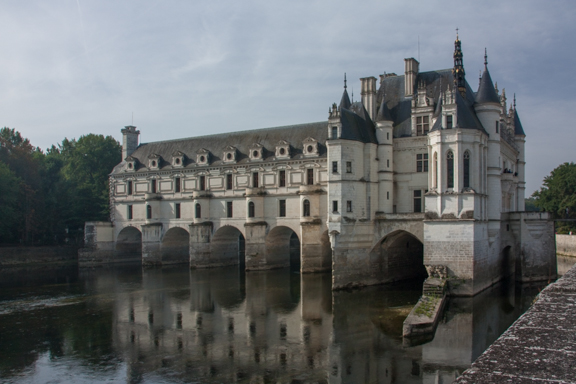
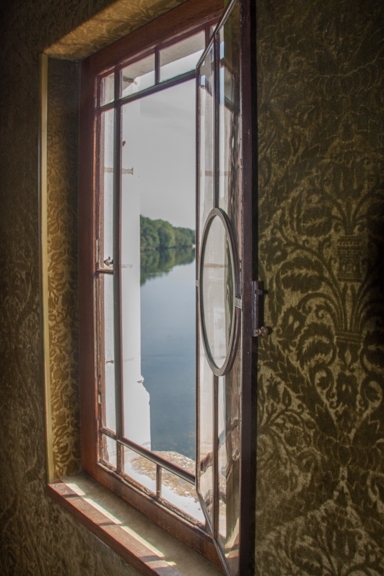
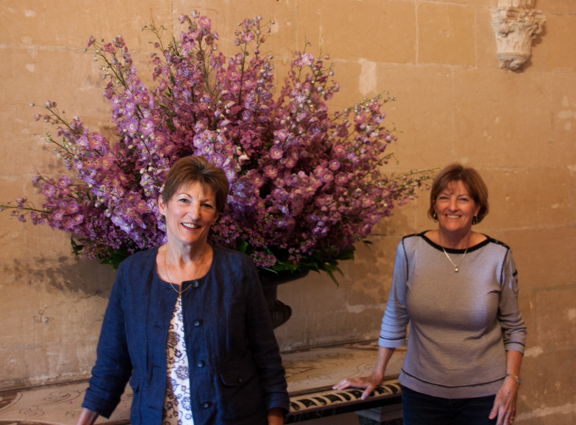
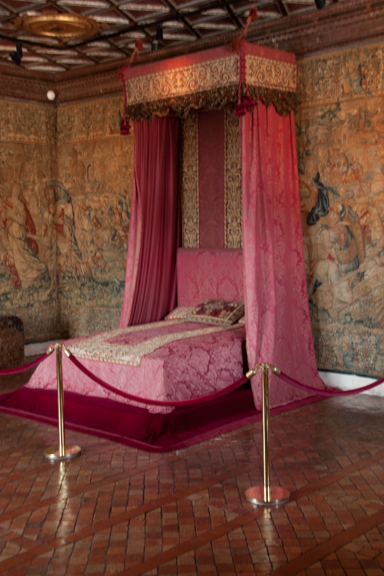
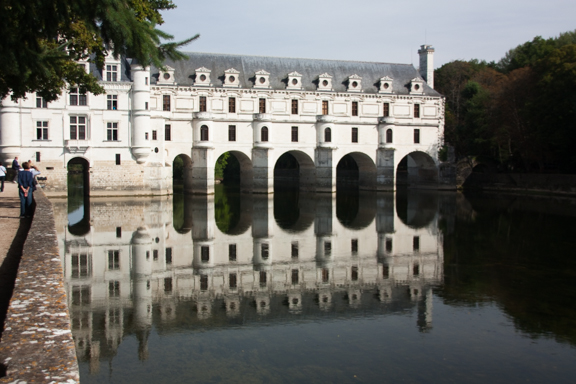
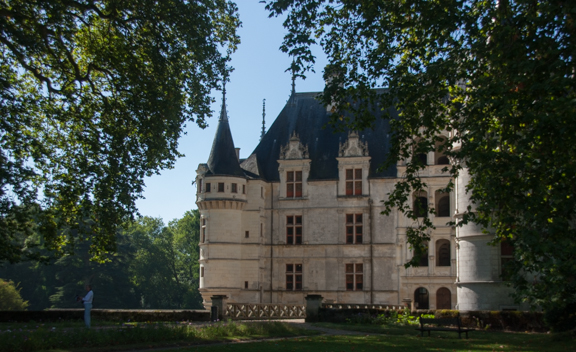
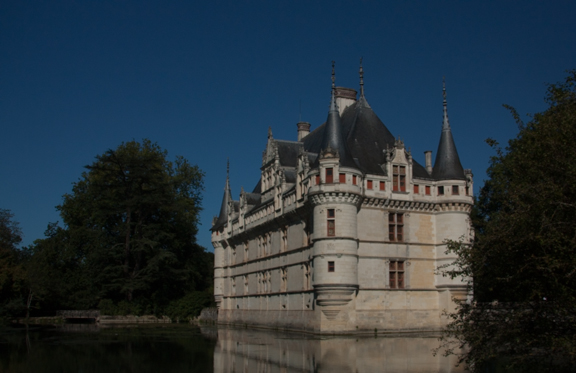
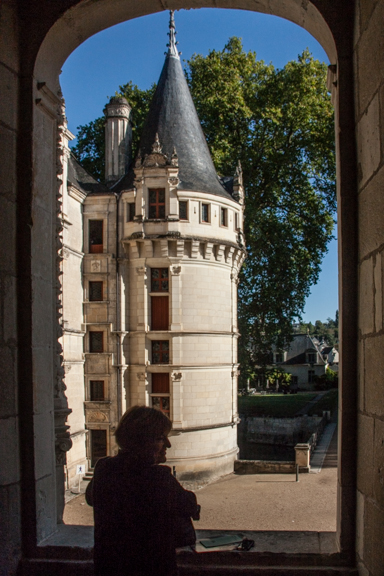
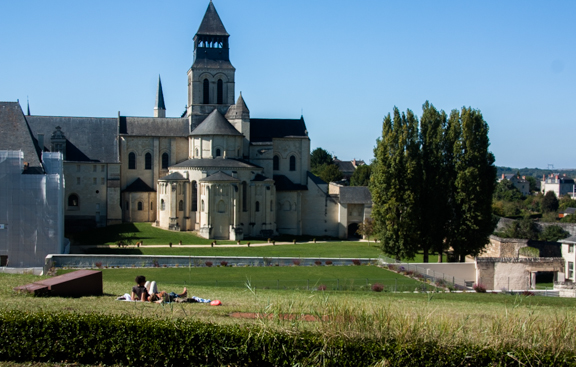
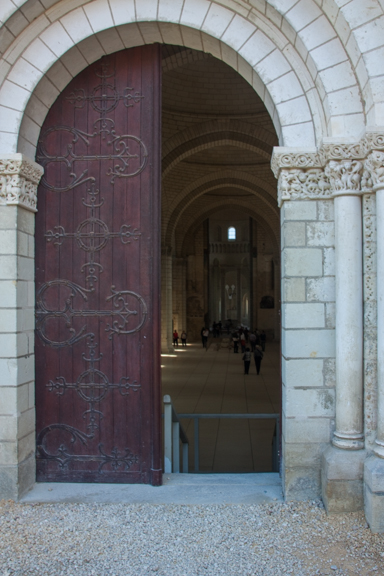
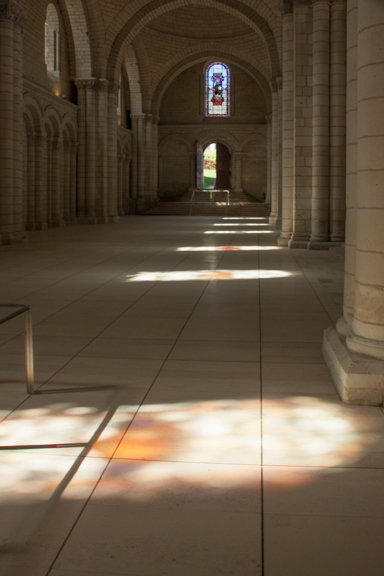
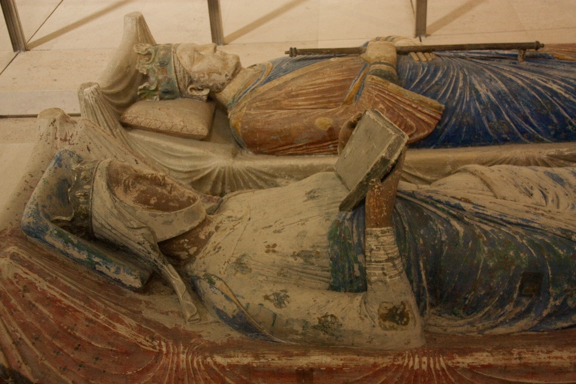
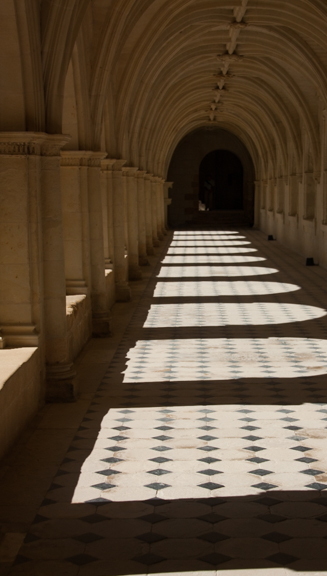
“Couldn’t remember which” Ha ha ha!
Greg